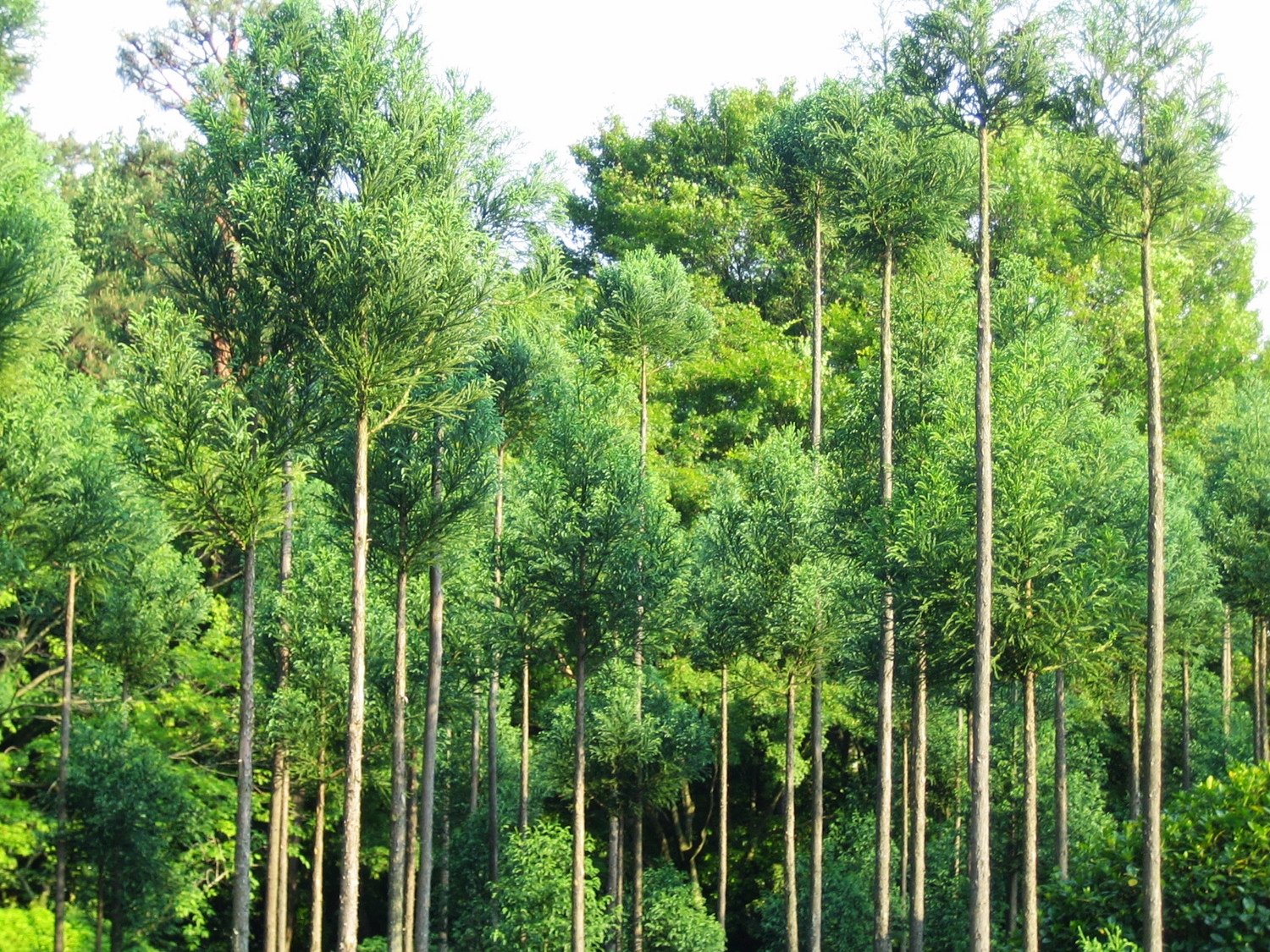Gua Sha
Gua Sha (刮痧) is a traditional Chinese therapeutic technique whereby oil is rubbed into the skin and then a smooth, round-edged 'Gua Sha paddle' is firmly stroked over the area either along a muscle or an acupuncture meridian. This technique stimulates and normalises blood circulation and helps to clear metabolic waste congestion by encouraging lymph drainage in the local tissues and muscles. It can be done gently or firmly depending on the condition and preference of the recipient.
Often, but not always, Gua Sha results in a painless 'sha' rash in the treated area which can range from a light pinkness of the skin to petechaie (small red or purple dots on the surface of the skin which can be raised in tiny bumps like 'millet'). The colour and density of the 'rash' is normally dictated by the nature of the condition being treated and the extent to which there is blood and fluid 'stagnation' in the area. The technique is comfortable and the 'sha' normally disappear completely within 2-4 days. Discomfort, tension or pain in the local area is often relieved or improved directly after treatment. Patients often describe Gua Sha as 'invigorating', 'comforting' and 'relaxing'.
Gua Sha is commonly used for:
- treatment of pain - e.g. joint pain and injuries, fibromyalgia
- prevention and treatment of acute illness such as colds, flu, hayfever and bronchitis
- respiratory conditions and 'stubborn' chronic coughs or sinus issues
- digestive problems
- headaches
- muscle and tendon stiffness, tenderness and/or tension
- poor circulation of blood and/or lymph
- cellulite
Cupping
Cupping (拔罐) originated in China and is also used widely across Europe. Glass cups are applied to parts of the body (most commonly the back or over a joint) and are retained there by means of suction. Suction is created by quickly placing a lighted taper in and out of the glass cup to remove the oxygen, the cup is then immediately applied to the skin which creates a vacuum causing the cup to stay in position.
Rather like Gua Sha, Cupping stimulates blood circulation and helps to clear metabolic waste in tissues and muscles. Cups can either be placed on the skin and left in place (stationary cupping), or applied onto lightly oiled skin and then moved over an area (moving cupping); it is a painless therapy.
Cupping can benefit many conditions including:
- joint problems or injuries (e.g. swollen, painful or stiff)
- back pain, ache or sprain
- prevention and treatment of acute illness such as colds, flu, hayfever and bronchitis
- poor circulation of blood and/or lymph
- muscle and tendon stiffness, tenderness and/or tension
- digestive problems
- cellulite
Moxibustion
Moxibustion (灸) is the burning of 'moxa' (the dried leaves of the herb Artemesia vulgaris latiflora) close to or on the body. This process is used to warm and strengthen a person or a specific area of the body. It is mainly used in conditions that are 'Cold' in nature or due to weakness.
A 'Cold' condition could include an aching lower back, a painful joint or period pains*. Often, in this instance, the affected area is cold to the touch, the pain described as 'boring' or 'biting' and relief can temporarily be found with a hot water bottle or heat pad. If moxa is used in such cases, it can produce a strong and penetrating heating effect, helping to reduce pain.
As mentioned above, moxibustion can also be used in cases of depletion or weakness (such as susceptibility to cold or feeling cold, tiredness and low immune system*). In addition to the beneficial effects of acupuncture, it can help to gently warm and strengthen the body. It is particularly beneficial after childbirth to soothe and strengthen the lower abdomen.
Moxa will be either used as a stick (used to heat a wide area of the body and held an inch or two from the skin), as small cones placed onto the skin (used to heat specific points) or burnt on the end of a needle (again used at a specific point, usually for joint pain such as the shoulder, hip or knee to provide heat deeper into the body).
* Please note that moxibustion may not always be the best course of treatment for you even if you have some of these symptoms; your practitioner will discuss this with you accordingly.



